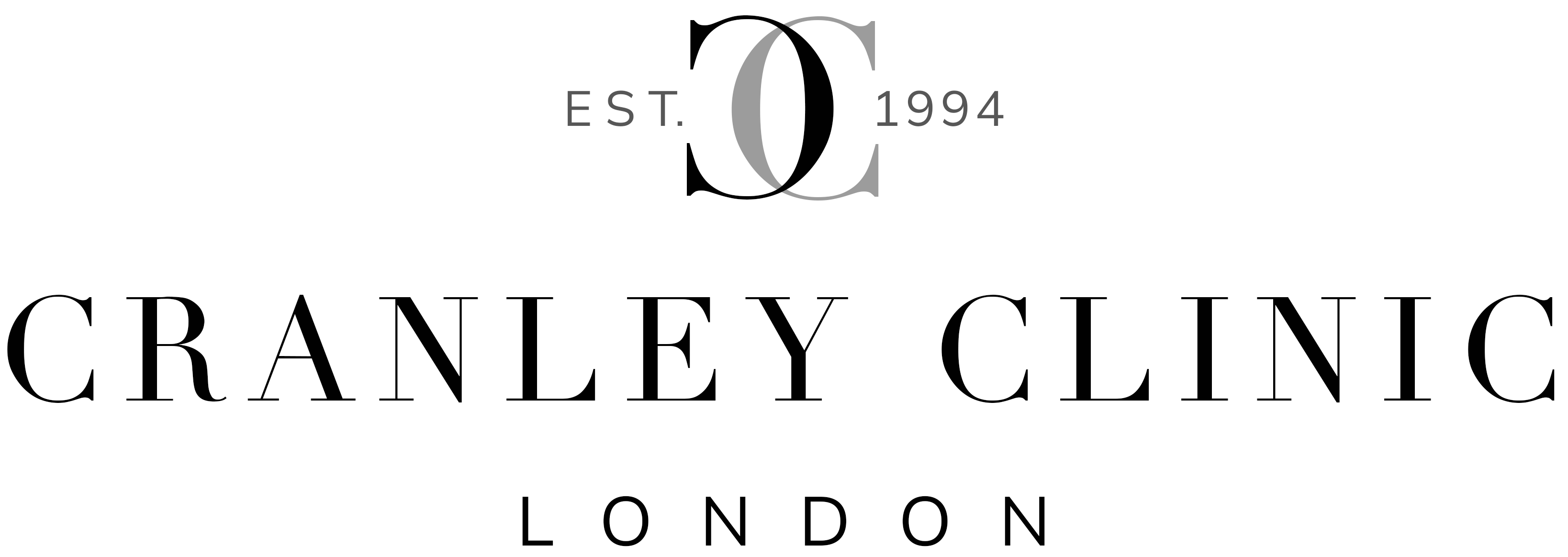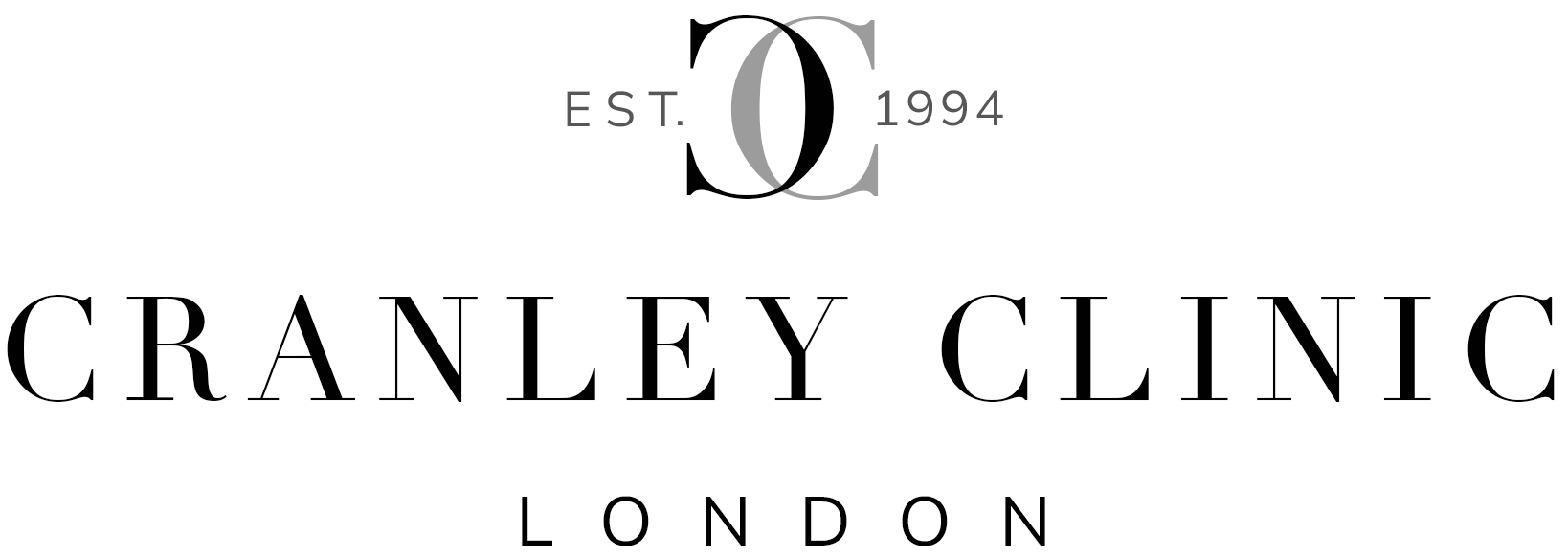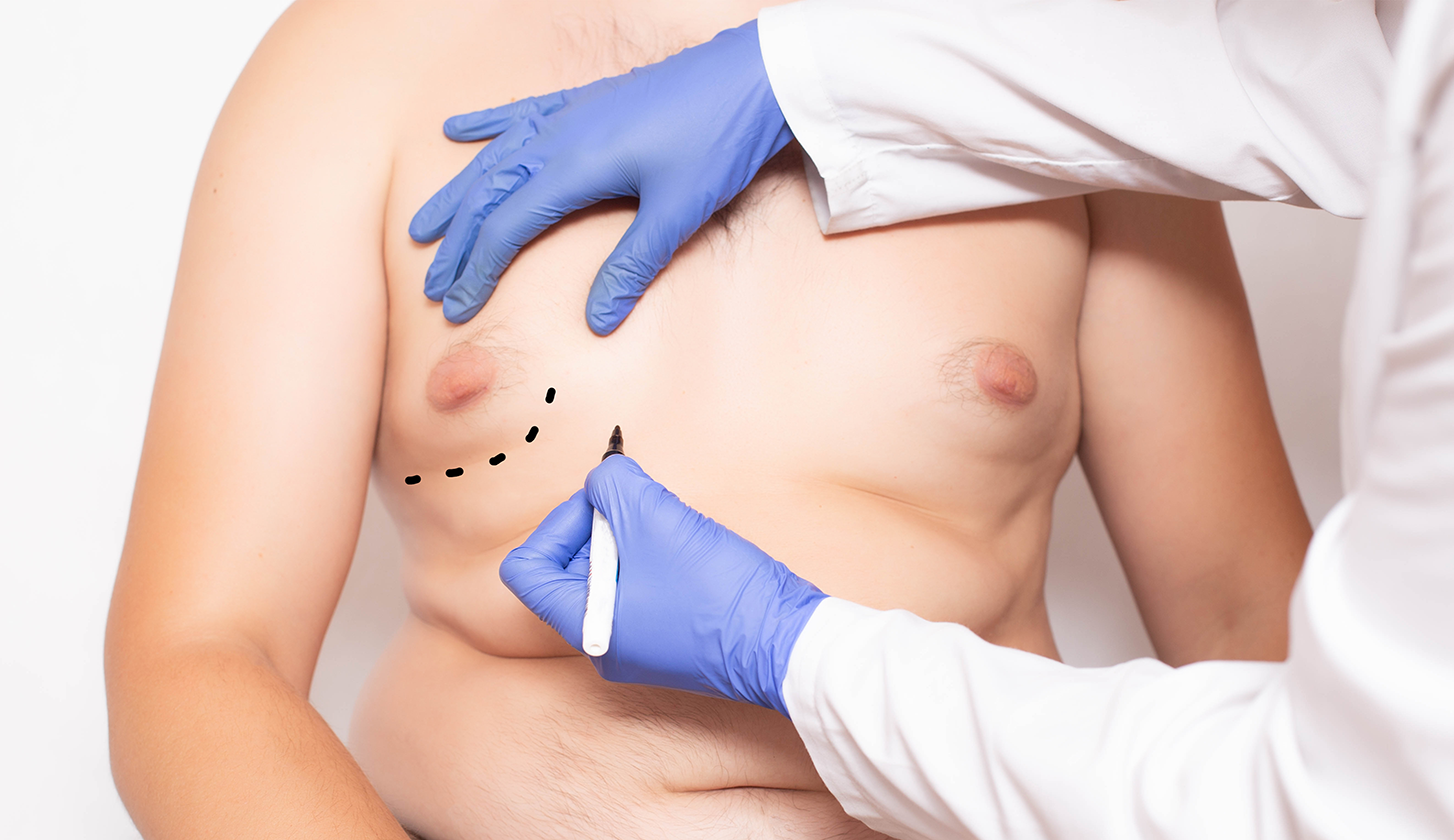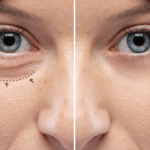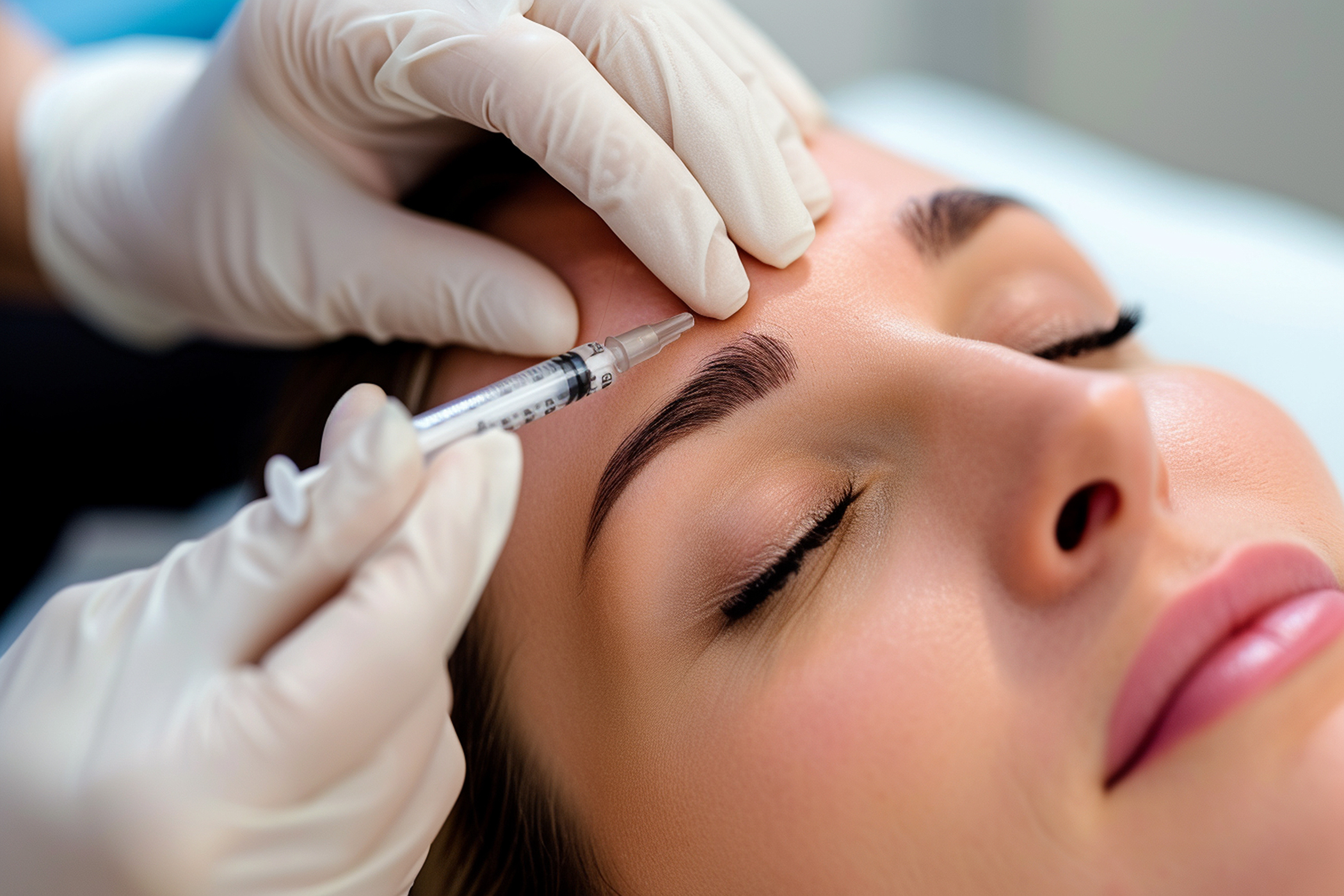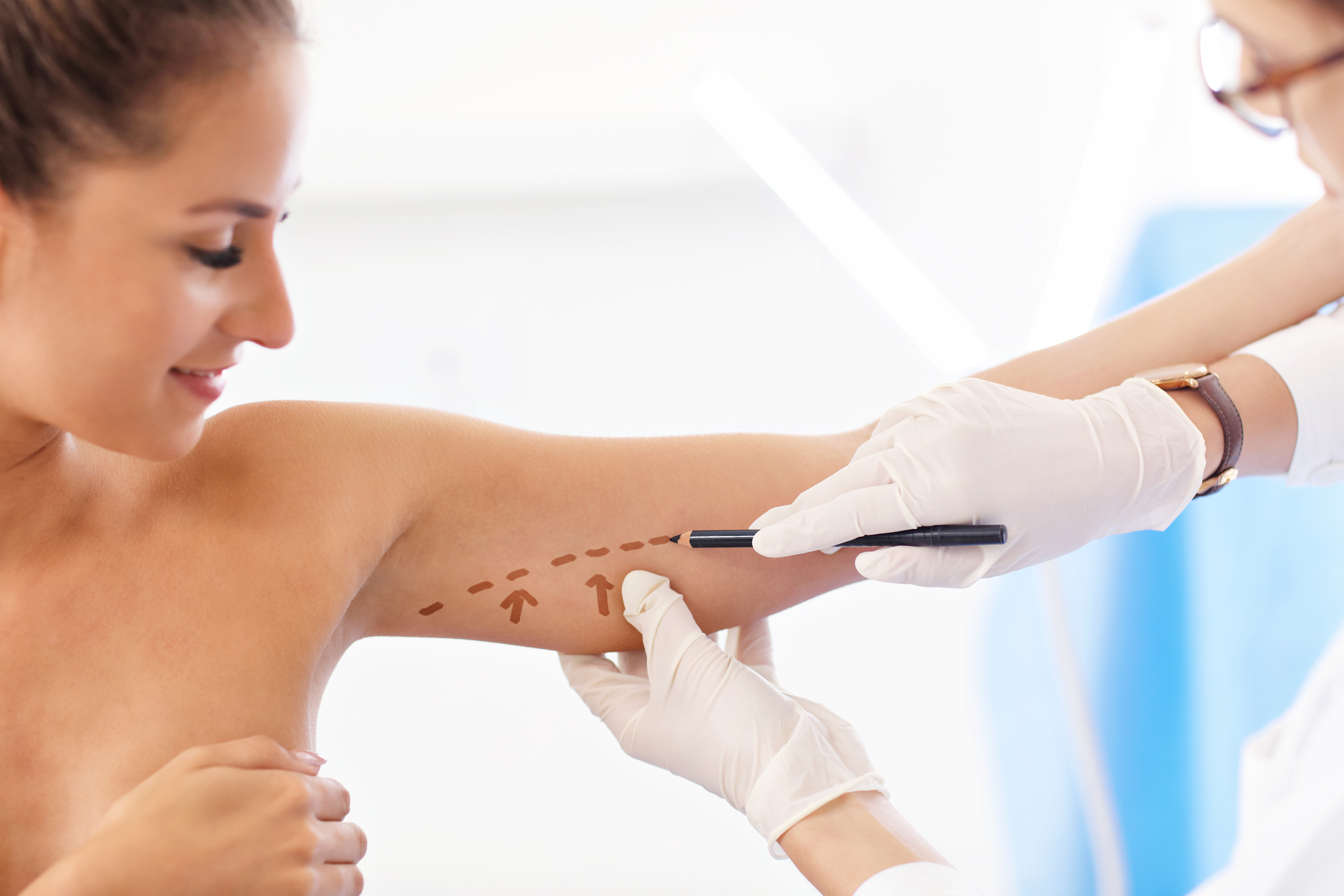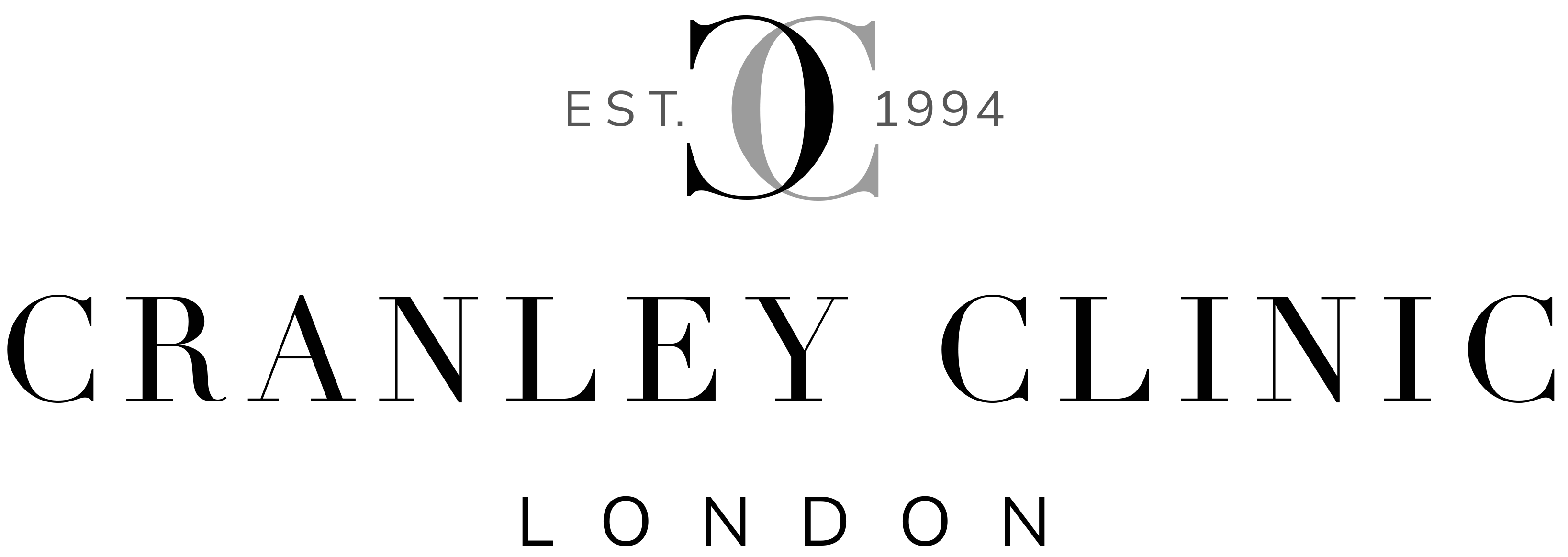Gynecomastia, or excess male breast tissue, can affect confidence and appearance. At Cranley Clinic London, our expert surgeons provide discreet chest reduction surgery to restore a masculine, natural-looking contour.
Gynecomastia occurs when glandular breast tissue enlarges beneath the nipple. This differs from fatty deposits that result from weight gain; in many cases, both tissue types contribute to the appearance of fullness in the chest. Some men also experience tenderness or swelling around the nipples.
While exercise and fat loss can help improve overall tone, they cannot remove glandular tissue. In true gynecomastia, the only permanent solution is surgical gland removal, sometimes combined with Vaser liposuction for optimal contouring.
To understand more about the causes and aesthetic solutions for male body concerns, visit our page on Gynecomastia Treatments at Cranley Clinic.
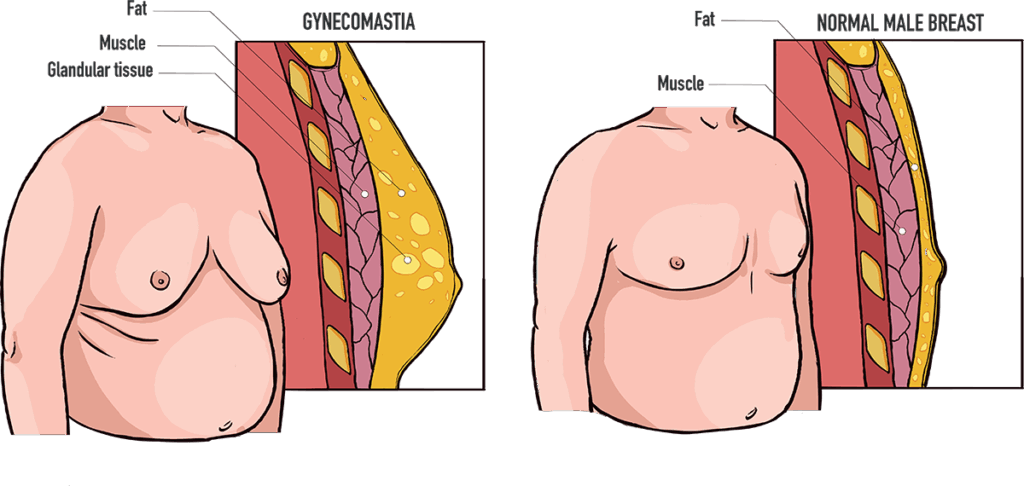
The Benefits of Gynecomastia Surgery
A successful male chest reduction provides more than just physical change. Many patients report feeling more confident wearing fitted clothing, going to the gym, or spending time at the beach. The procedure can also relieve physical discomfort such as chafing or tightness under clothing.
At Cranley Clinic, every treatment plan is bespoke. Our surgeons take into account the underlying cause, the degree of tissue enlargement, and your overall body shape to achieve natural, proportionate results. You can also explore our Body Treatments page to learn about complementary procedures designed to enhance your results.
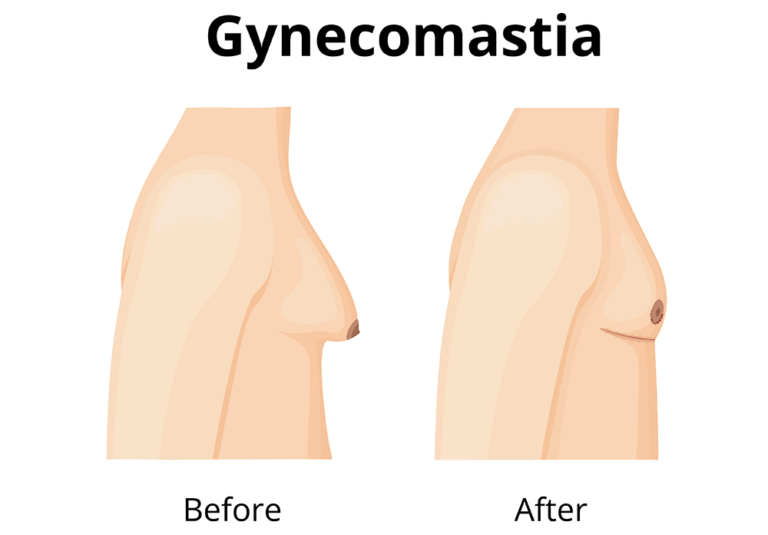
Treatment Options: Gland Removal
Most cases of gynecomastia are treated using a combination of two key techniques:
1. Gland Removal
When dense glandular tissue is present beneath the nipple, it must be carefully excised through a small incision placed around the areola. This allows precise removal without visible scarring. The goal is to achieve a flatter, smoother chest while maintaining natural definition. You can find out more about aesthetic surgery.
Who Is a Good Candidate?
Gynecomastia surgery is suitable for men who:
- Have persistent breast enlargement that does not improve with diet or exercise
- Experience self-consciousness about chest appearance
- Are in good general health and maintain a stable weight
- Have realistic expectations about surgical outcomes
During your consultation at Cranley Clinic, your surgeon will assess whether your condition is glandular, fatty, or mixed in nature and recommend the most effective treatment plan.
The Procedure: What to Expect
Gynecomastia surgery is typically performed under local anaesthetic with sedation or general anaesthetic, depending on the extent of correction required.
The procedure usually takes between 60 and 90 minutes. Through small, carefully concealed incisions, excess glandular tissue is removed and fat is sculpted.
The skin naturally retracts over the new chest contour as healing occurs.
In some cases, liposuction alone may be sufficient if the issue is primarily fatty. For more fibrous or long-standing cases, gland removal is essential to prevent recurrence.
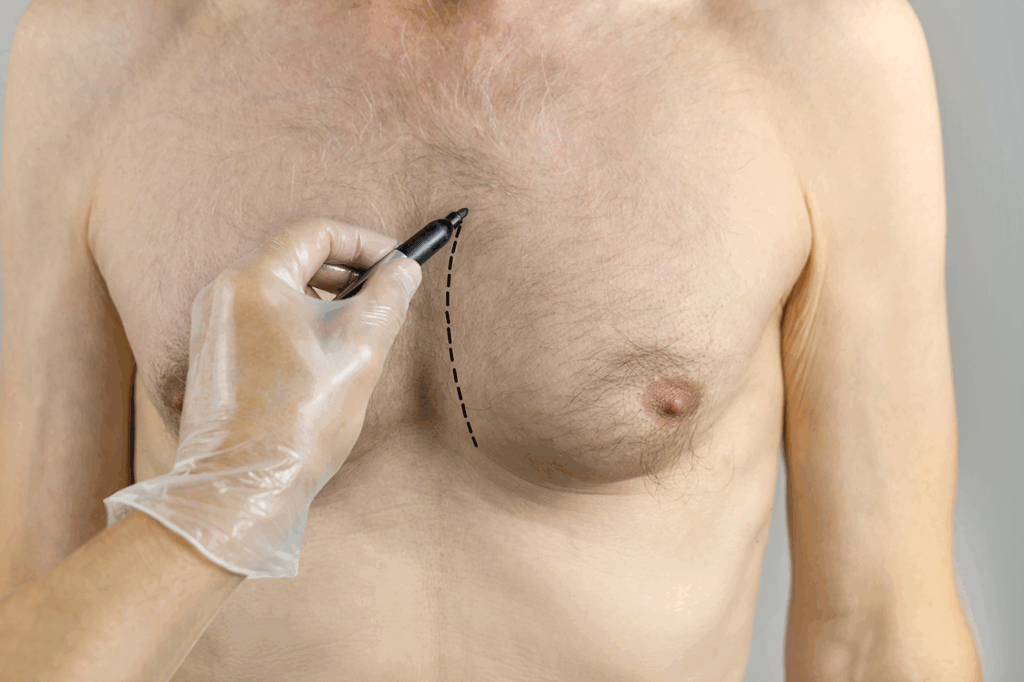
Recovery and Aftercare
Most patients return home the same day. A supportive compression garment is worn for around two weeks to help reduce swelling and encourage optimal contouring.
Mild bruising and tightness are normal and typically settle within 7–10 days. Many patients feel comfortable returning to office work within a few days, while strenuous exercise and upper-body training should be avoided for about four weeks.
At Cranley Clinic, your recovery is closely monitored with follow-up appointments to ensure healing is progressing as expected.
Results: What You Can Expect
Results become noticeable as swelling subsides and the chest begins to settle into its new shape. Most men see significant improvement within four to six weeks, with the final result continuing to refine over several months.
The results of gynecomastia surgery are long-lasting, particularly if you maintain a healthy lifestyle and stable weight. Because glandular tissue is permanently removed, recurrence is rare unless hormonal imbalance or medication use re-triggers tissue growth. For insight into skin health maintenance following surgery, explore our Facial Aesthetics services.
Choosing Cranley Clinic for Male Chest Reduction
Located in the heart of London’s Harley Street medical district, Cranley Clinic is renowned for its excellence in dermatology, aesthetic medicine, and cosmetic surgery.
Our consultants bring decades of experience in treating male and female patients with discretion, precision, and artistry.
Every gynecomastia case is handled individually, from the initial consultation through recovery and long-term follow-up, ensuring your results look natural and suit your physique.
Frequently Asked Questions About Gynecomastia Surgery
How is gynecomastia surgery performed?
The procedure involves removing excess glandular tissue and fat from the chest. Depending on your case, your surgeon may use Vaser liposuction to contour the area and a small incision around the areola to remove firm glandular tissue. Read more about our clinicians here. The surgery typically takes 1–1.5 hours and is performed under local anaesthetic with sedation or general anaesthetic.
What is the recovery time?
Most patients return to normal daily activities within a few days, although swelling and mild bruising can last for one to two weeks. Strenuous exercise or weight training should be avoided for four to six weeks. Wearing a compression garment helps minimise swelling and supports healing.
Is it permanent?
Yes. Once glandular tissue has been removed, it does not grow back. However, maintaining a healthy weight and avoiding substances that can cause hormonal imbalance, such as anabolic steroids or certain medications, helps preserve your results.
These are just some of the treatments we offer here at Cranley Clinic. If you have any queries, or would like to book an appointment, please call us on +44 (0) 207 499 3223.


